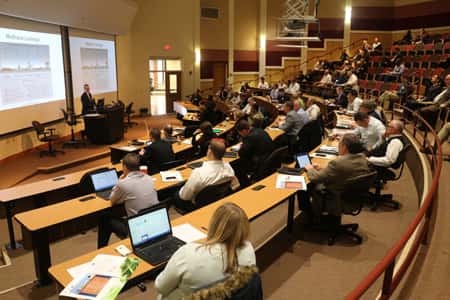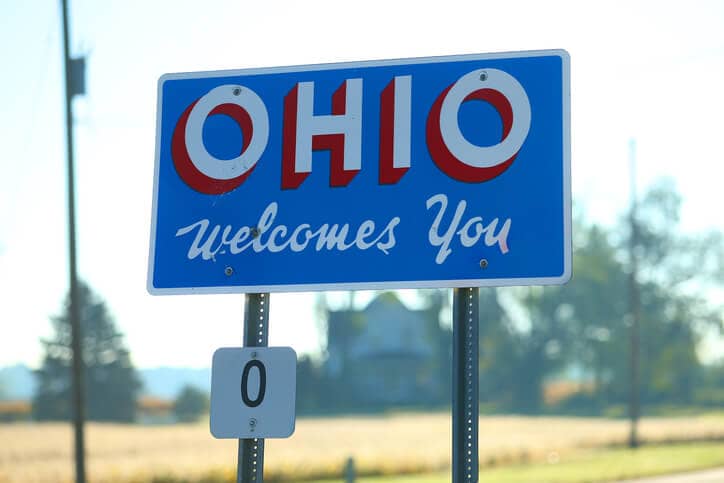Clean Fuels Ohio and Energy Vision recently hosted a conference focused on the production, utilization and development strategies for renewable natural gas (RNG) as a transportation fuel. The event took place on Dec. 2 at Central State University in Wilberforce, Ohio.
“RNG can be fully integrated into Ohio’s growing compressed natural gas (CNG) infrastructure,” said Sam Spofforth, executive director of Clean Fuels Ohio. “It’s easy for fleets to use [and] provides economic benefits even compared with diesel today – plus [it has] huge environmental benefits.”
Clean Fuels Ohio says Renergy, a leading producer of RNG, and Vectren, a natural gas and electricity utility, were the headlining sponsors of the event. Speakers at the conference included representatives from the Argonne National Laboratory, the RNG Coalition, the Ohio State University Agricultural Research Center, and more. The presentations overviewed specific project development models and policies supporting RNG.
“The decarbonized energy economy is not abstract or theoretical – it’s happening here and now,” said Joanna Underwood, president of Energy Vision. “RNG from organic waste is an ultra-low-carbon to net-carbon-negative fuel that’s available and practical today. Ohio could make enough of it to fuel CNG vehicles and displace as much as 40 percent of the state’s diesel consumption, along with the greenhouse-gas emissions that go with it.
“The waste stream, the technologies and some of the infrastructure are in place in Ohio now,” continued Underwood. “All we need are the policies to encourage RNG development, and we believe that this conference will help inspire those.”
As Clean Fuels Ohio explains, RNG is methane produced from decomposition of organic wastes from agricultural, municipal, food processing and other sources, then further processed to remove certain contaminants. Producers use either anaerobic digesters (ADs) or landfills to make RNG. ADs speed up decomposition, mitigate water pollution, and harness biogas production. Landfills act as giant digesters. Landfill gas projects include piping and vacuums at the landfill to collect biogas before it escapes into the atmosphere.
According to Clean Fuels Ohio, RNG reduces net greenhouse-gas emissions by 80% to 115% and can be utilized by any vehicle designed to use CNG and dispensed at any station.
CNG is becoming increasingly popular in Ohio, especially with fleets and larger vehicles. In 2010, Ohio had only three public CNG stations. Today, Clean Fuels Ohio notes, the state has about 40.
Photo courtesy of Clean Fuels Ohio







